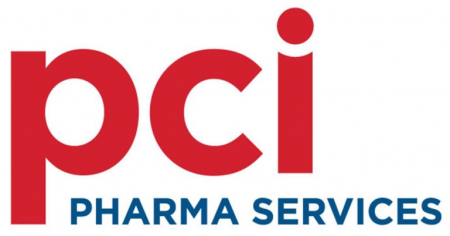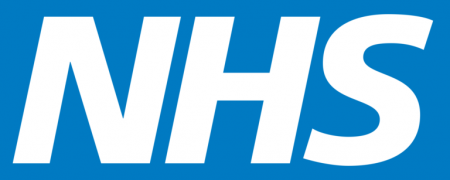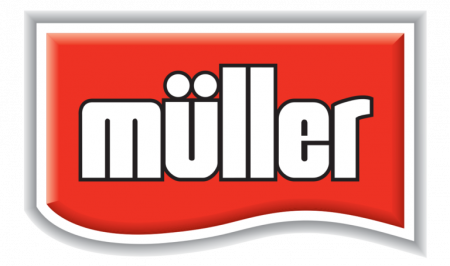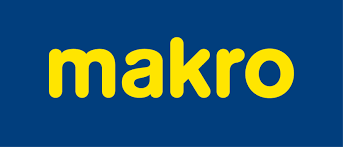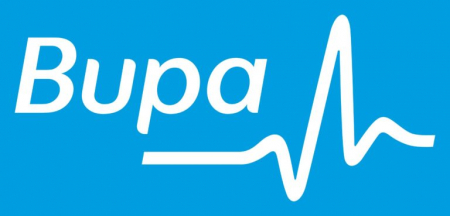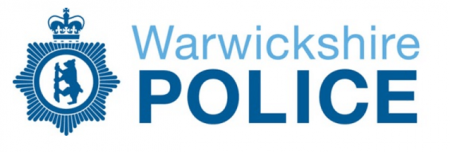Businesses need safety barriers in the workplace as an accident or fatality prevention measure. Although considerably fewer deaths occur in the workplace now than 47 years ago, 651 deaths in 1974 as opposed to 123 in 2021/22, there are still more that could be avoided. Of the 123 workplace deaths that happened last year, the most common causes were falling from a height and being struck by a moving vehicle or some other flying or falling object. Contact with moving machinery or being trapped by something collapsing or overturning weren’t far behind, as accidents that also caused several deaths. Sadly, some fatalities even occurred in the run up to Christmas in mid-November, and many of these tragic occurrences could have been avoided by having the right safety precautions in the workspace.
Rewind 40 or 50 years and there was little to no safety protocol, even in the most treacherous of industries, such as mining and dock working. However, legislation has since come a long way, with employers now responsible for ensuring the safety of workers and equipment in the workplace by law. Health and safety protocols is something that every worker should be aware of to help protect themselves and their colleagues, and are generally simple, yet effective actions or habits.
Safety barriers – what are they?
Safety barriers come in a surprisingly large number of shapes, sizes and materials depending on their application. High visibility barriers are essential for preventing damage to stock, stationary equipment, and employees on your property, whether within a warehouse or even in your company parking lot. Where material handling equipment, such as a forklift truck, is being utilised, impact barriers must be constructed. Forklift trucks are the cause of a shockingly high number of accidents, so not only should staff operating them have up-to-date training, but barriers for pedestrian staff to safely operate behind is essential for maximising their safety.
Barriers can range from column protection and low-level guard rails to collision protection bars and railings as well as safety bollards. They are also made from a variety of materials, from stainless steel to polymer, which can provide a more flexible barrier to disperse some of the energy from an impact, depending on the type of potential risks the measures are being put in place for.
Temporary fixtures might include cones, safety fences or bollards to secure an area and protect vehicles, and pedestrians, from any potential hazards. These can be simply removed and stored when no longer needed.
More permanent fixtures would be railings or barriers to mark out a walkway or to cordon off a safe area away from operating machinery. Barriers can be installed with access gates which trigger automatic cutouts for heavy machinery, adding extra safety to protect your crew. The main reasons for installing safety barriers in your workplace are to prevent and reduce the risk of accidents, to enhance vehicular protection, and to protect stock and equipment.
Why you need safety barriers in the workplace
1. Prevent and reduce the risk of accidents to people
Fairly obvious, but the primary function of a safety barrier is to prevent and minimise the risk of accidents happening to staff in the workplace. Apart from the fact that it is a legal requirement to consider the health and safety of your workforce, no one wants the trauma of a serious accident or death in their company, or the upheaval and costs involved should there be an investigation and evidence found of negligence. Most safety barriers are solid structures firmly attached to walls or floors to help to mitigate any risks to personnel.
They have a vital role to play in cordoning off areas where pedestrians and machinery work to keep both separated and safe. Visible barriers can also help your workforce have a greater awareness of where the dangers lie, enabling them to be more aware of the risks around them. However, barriers are not a complete fail-safe in themselves. They need to be part of a wider health and safety policy within the company, which all staff are educated on to ensure everyone on site is aware of all potential risks, as well as equipped with the correct PPE.
2. Enhance vehicular safety
Expensive vehicles that your company relies on for its daily operations also need protecting from accidents. If your forklifts, or trucks, are involved in accidents, these issues will cost your company in both money and time to fix, as well as potential injury to drivers or worse fatality on impact. Safety barriers can reduce the risk of these types of mishaps occurring, as the majority of them are highly visible for this reason but also secure areas in the unlikely event there is loss of a vehicles control.
3. Protect stock, equipment, and structures
Without protective barriers, it is much easier for vehicles to run into your stock, other equipment, or structures around the areas they are traveling. These are unnecessary costs that your company won’t want to bear. Not only will the vehicle itself most likely need repairs, but whatever it has collided with could be costly to replace or repair – all things that detract from your business getting on with its normal functions.
 How Advantage can help
How Advantage can help
Advantage has years of experience working with customers to design and install safety barriers to protect their workforce and assets. With an expert team of specialists, we can help you to navigate the tricky terrain of ensuring that your site has the most suitable safety barriers for its operations. We always begin by working with you, the client, to find out what the risks are and what you’re trying to attain by installing safety barriers. We familiarise ourselves with your site and business activities to help us really get to grips with the best potential solutions for you. This includes a detailed visit and survey to check pedestrian traffic, machinery layout and vehicle movements in order to make certain we are addressing all your concerns. We will then create a CAD design to help demonstrate what your safety barrier systems will look like, before we sign off your project for installation by our approved fitters.
Get in touch today to chat with one of our friendly experts about your safety project.



